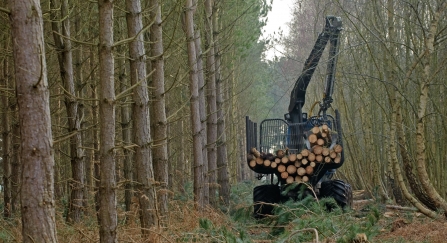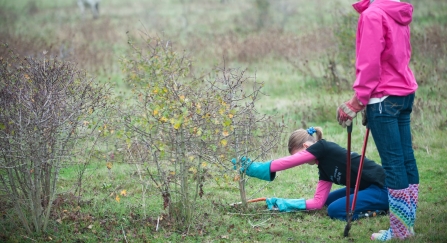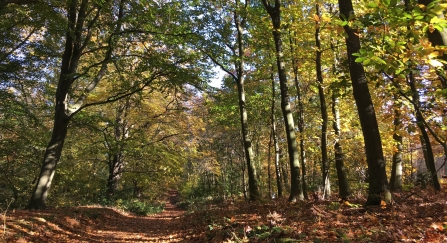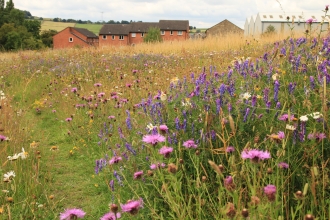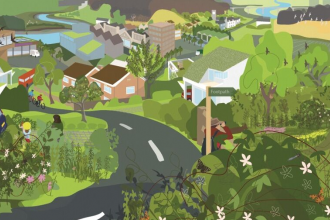The creation of forests and woods can be a major contribution to restoring nature and can draw carbon out of the atmosphere, so helping fight climate change. Indeed, with a UK average tree cover of just 13%, it would not be unreasonable to double this.
Done badly, however, tree planting and tree regeneration can cause major ecological damage. We must make sure that a frantic rush to plant trees does not repeat the errors of the past.
Enormous ecological damage was done in the mid-20th century through tree planting. Vast areas of the Flow Country in NE Scotland were drained and planted with non-native conifer trees devastating the local ecology, and (by causing the drying of peat) this was a major emitter of carbon dioxide. Many other upland areas saw similar devastation.


